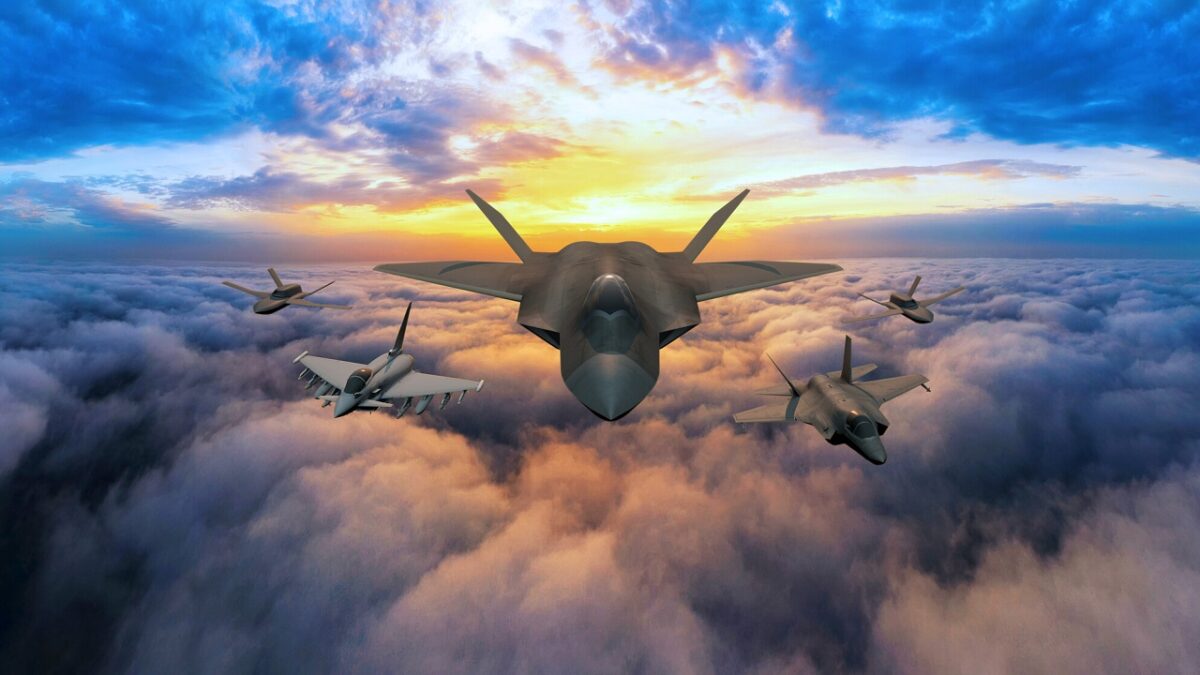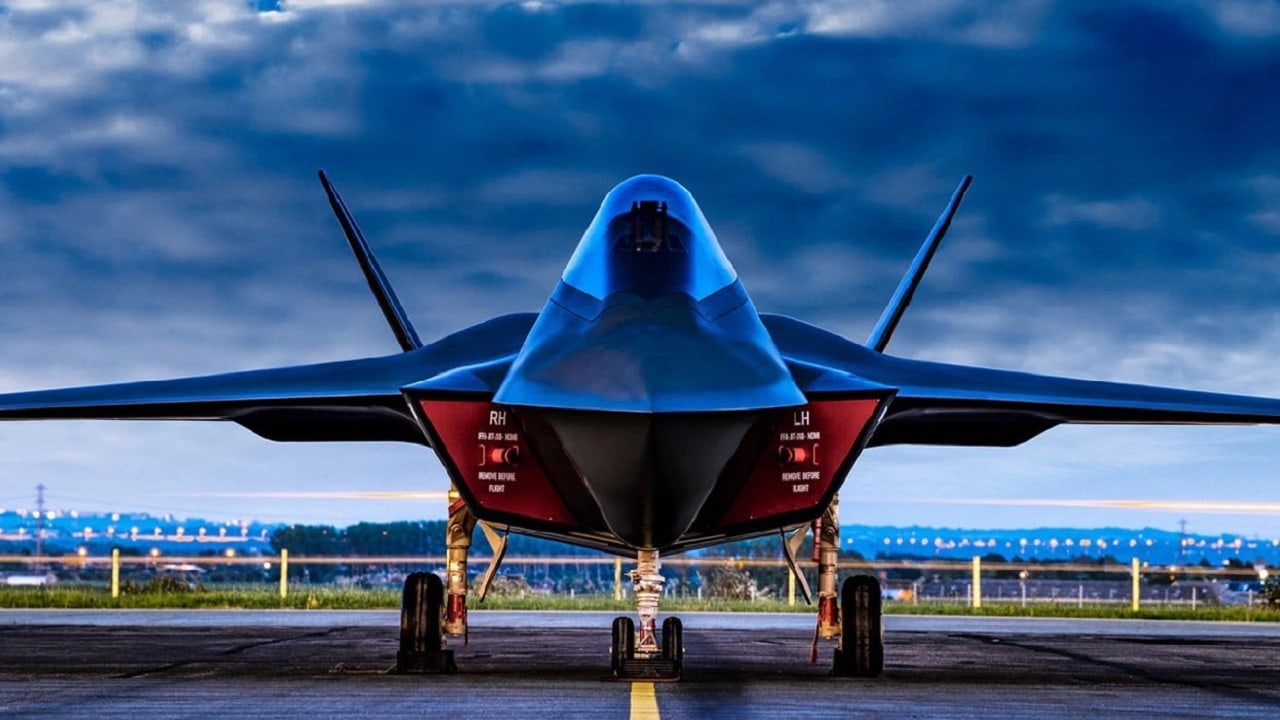The UK’s Royal Air Force was one of the first international partners in the F-35 Lightning II program, but the British Ministry of Defense is already looking ahead with the Tempest, the key component of its Future Combat Air System (FCAS) fighter effort.
Not to be confused with the similarly-named Franco-German-Spanish program, Team Tempest comprises a group of industry partners: BAE Systems, Rolls Royce, Leonardo, and MBDA. These partners are working with the RAF’s Rapid Capabilities Office and the Ministry of Defence to develop the technologies needed for the next generation of combat air.
Tempest, Explained
It was this past summer that the UK’s government and Team Tempest industry partners announced that they were actively making progress on the aircraft’s development, while a fighter demonstrator could be unveiled within the next five years. That Tempest demonstrator is seen as vital for ensuring that the technology, skills, and industrial capability are all in place to produce the aircraft.
Designing and building the flying demonstrator will also prove integration and test skills, while it will further provide invaluable data and lessons to the UK industry to support the introduction of a new Future Combat Air System aircraft from 2035.
Putting Money Down on Tempest
The UK Defence Ministry had also signed a £250 million contract with the Tempest partners to push forward its next-generation fighter aircraft program. It is expected to combine a core aircraft with a whole network of capabilities such as uncrewed aircraft and advanced data systems to form a next-generation mix designed to enter service from the mid-2030s.
“I am delighted that the UK, alongside Italy and Japan are working on similar combat air journeys together. Our work with Japan and Italy on cutting-edge technology like this shows the benefit of our alliances across the world,” Ben Wallace, the UK’s defense secretary said in July.
“The design and development of the demonstrator aircraft represents an important milestone, showcasing the success and talent of our engineers, programmers and software developers,” Wallace added. “This programme will go on to attract opportunities for many more great minds and talent from across the UK.”
Tempest and NGAD Joining of Forces?
Just weeks later, there was also news that the United States, which is working on its own Next Generation Air Dominance (NGAD) fighter program, was open to collaboration. That likely wouldn’t result in a single aircraft, but instead, the FCAS Tempest and NGAD programs could share key technologies to ensure compatibility and greater interoperability.
Will It Impact the F-35?
Though the UK’s Tempest likely won’t take to the skies until the mid-2030s, at the earliest, there are also discussions on what it could mean for the future of Lockheed Martin’s F-35 Lightning II.
Currently, a number of nations across Europe – including several NATO nations, but also historically neutral Switzerland – have either signed deals to purchase the fifth-generation multi-role fighter, or signaled an intention to buy it.

BAE Systems artist image of Tempest Stealth Fighter. Image Credit: BAE.
However, with sixth-generation programs now in the works, the question is whether some nations may follow the urging of French military planners to “buy European.” For now, it is likely that the F-35 will become the dominant fighter across Europe, but the continent could swing back to locally-made aircraft in the future – and that could be good news for British industry.
Expert Biography: A Senior Editor for 1945, Peter Suciu is a Michigan-based writer who has contributed to more than four dozen magazines, newspapers, and websites with over 3,000 published pieces over a twenty-year career in journalism. He regularly writes about military hardware, firearms history, cybersecurity, and international affairs. Peter is also a Contributing Writer for Forbes. You can follow him on Twitter: @PeterSuciu.

